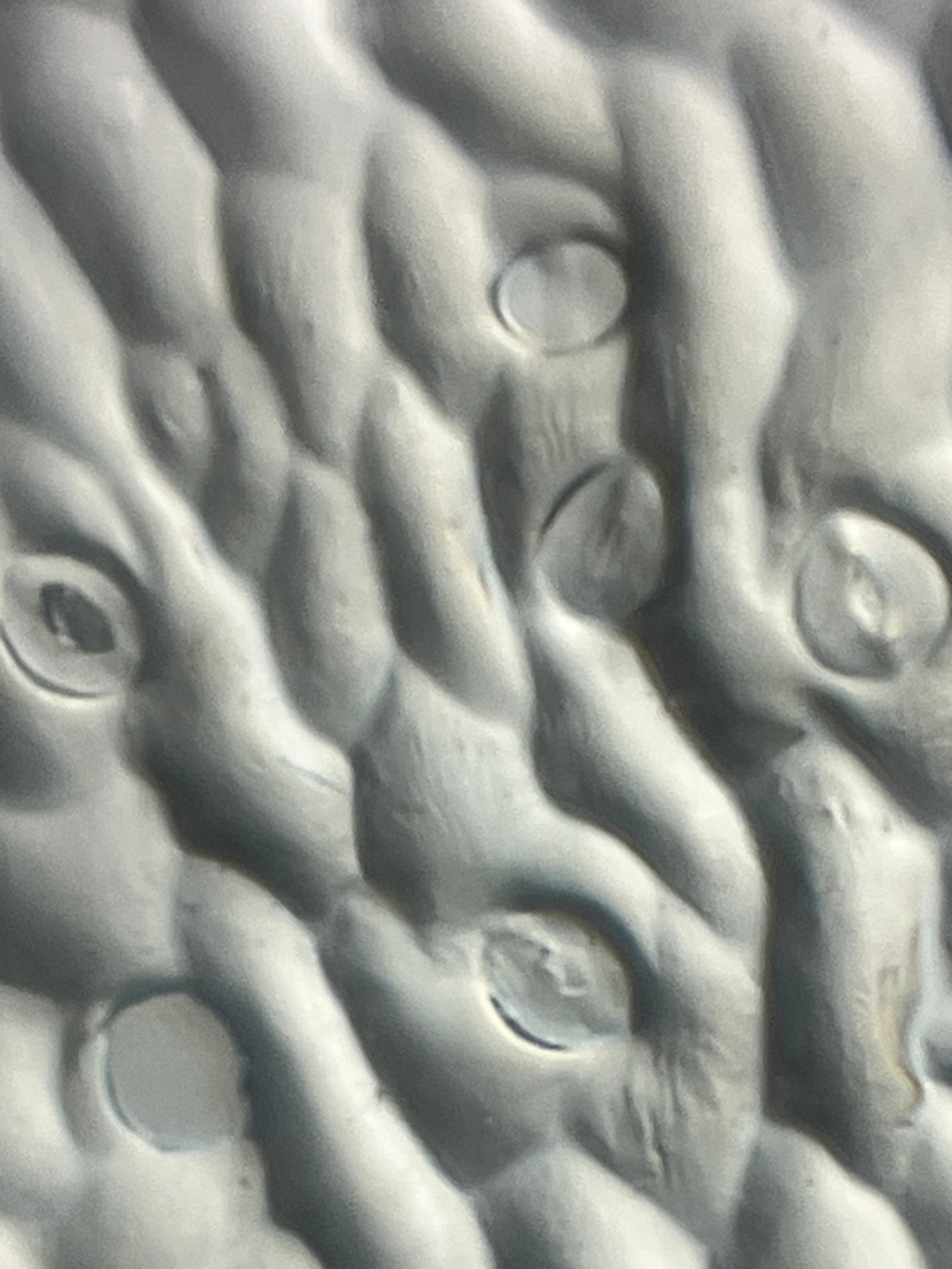My daughter was cleaning out her room and found a sea sponge that she had gotten on a trip to the beach many years ago. She kindly gave it to me so that I could take a closer look at it under my Foldscope 2.0! Read on to find out what I saw!

What is a sea sponge?
Sea sponges are animals that belong to the Phylum Porifera. As the name suggests, sponges are porous creatures that can be found in saltwater and freshwater environments. According to the fossil record, sea sponges have been in existence for approximately 600 million years! The approximately 8,550 species of sponges are differentiated by their skeletons, which can be either mineral or protein based.

Water Filtering
The skeleton of a sea sponge is very strong. It has to support the sponge while filtering up to 24,000 liters of water per day! This powerful current of water is what brings food to the sponge. Sea sponges are stationary animals and survive on the food that their flagella (structures that look like little hairs) capture from the water that flows through its pores.

Uses Outside of the Ocean
People have used sea sponges in a variety of ways since ancient Greek and Roman times. They have played important roles in the arts (painting, pottery, and jewelry making), medicine, and for water storage.

I was surprised by what I saw when I put the thin slice of sea sponge under my Foldscope 2.0. I expected the sponge to appear soft. The brittle pieces of the skeletal structure were completely at odds with what I thought a sea sponge would look like. But that is the fun of microscopic discovery - you never know what you are going to observe. Each slide becomes an adventure and an opportunity to appreciate the beauty of the natural world in a new way.

Have you looked at sea sponges under a Foldscope 2.0? Use your Foldscope to dive into the microscopic world and find the beauty that is there waiting for you. Share your microscopic images and thoughts on the Microcosmos. Be sure to tag us on social media when you post the results of your explorations, creations, and discoveries! We love to see how Foldscopers around the world are using their Foldscopes in new and innovative ways!
Facebook: @Foldscope
Twitter: @TeamFoldscope
Instagram: @teamfoldscope
Threads: @teamfoldscope
Sources:
https://www.britannica.com/animal/sponge-animal
https://oceanservice.noaa.gov/facts/sponge.html
https://bionumbers.hms.harvard.edu/bionumber.aspx?s=n&v=2&id=113284



